Home>Gardening & Outdoor>Outdoor Recreation & Activities>How To Build A Natural Swimming Pool
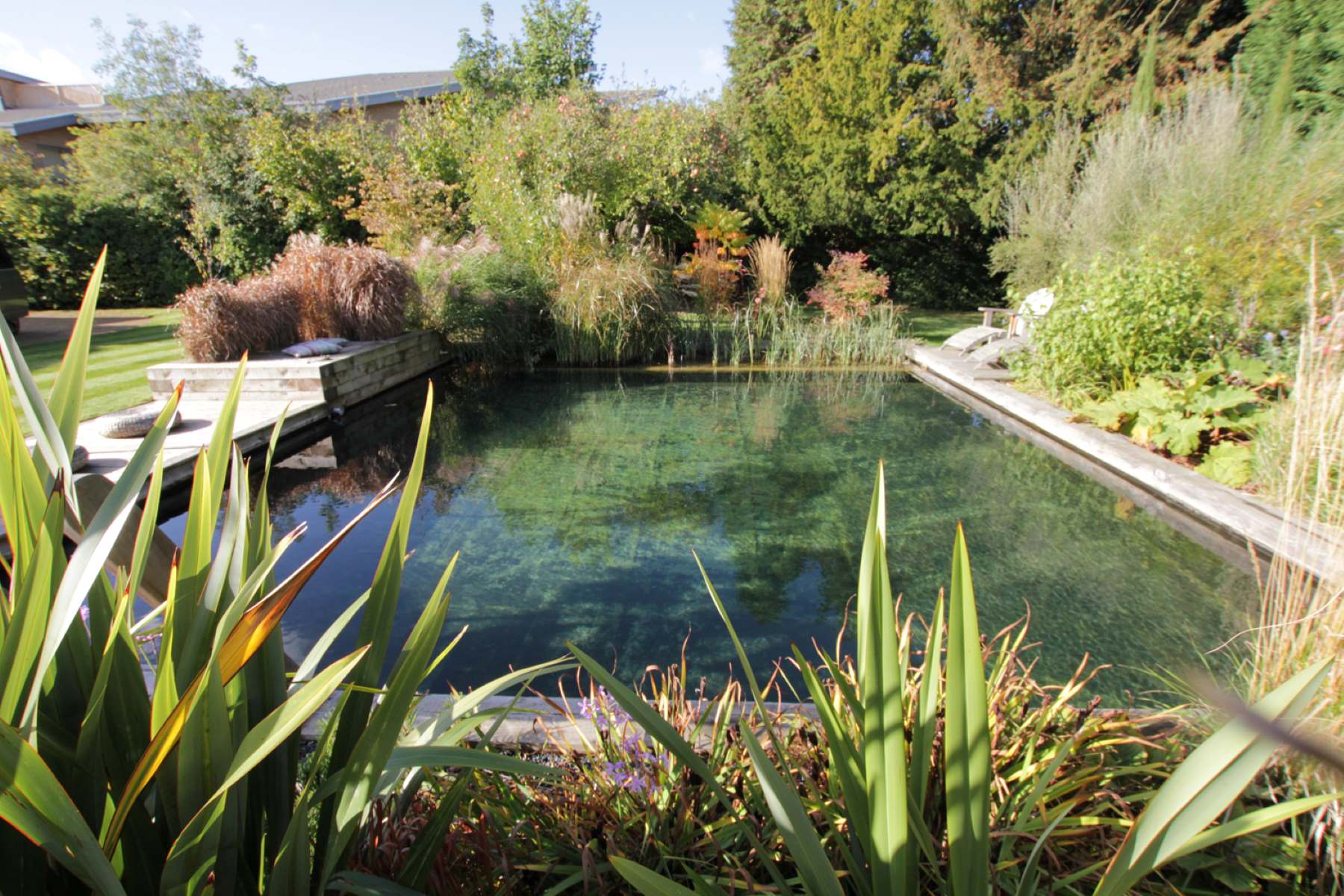

Outdoor Recreation & Activities
How To Build A Natural Swimming Pool
Modified: March 23, 2024
Learn how to create a stunning natural swimming pool for your outdoor recreation and activities. Discover eco-friendly techniques and design ideas.
(Many of the links in this article redirect to a specific reviewed product. Your purchase of these products through affiliate links helps to generate commission for Storables.com, at no extra cost. Learn more)
Introduction
Creating a natural swimming pool is a captivating endeavor that seamlessly blends the allure of a traditional swimming pool with the beauty of a natural oasis. Unlike conventional pools, natural swimming pools integrate biological processes to maintain water clarity and purity, offering a chemical-free and environmentally friendly swimming experience. This innovative approach to pool design has gained popularity among individuals seeking a harmonious connection with nature while enjoying the refreshing benefits of a swimming pool.
The process of building a natural swimming pool involves meticulous planning, thoughtful design, and a deep understanding of ecological principles. From excavation to the installation of aquatic plants, each step contributes to the creation of a sustainable and visually stunning aquatic environment. By incorporating elements of natural beauty and ecological balance, a natural swimming pool becomes a captivating focal point that enhances the overall aesthetics of its surroundings.
Throughout this comprehensive guide, we will delve into the intricate process of building a natural swimming pool, providing valuable insights and practical tips for each stage of the construction. Whether you are a homeowner with a passion for sustainable living or a landscape architect aiming to integrate natural elements into your designs, this guide will equip you with the knowledge and inspiration needed to embark on this enriching journey.
Embark on this journey with an open mind and a willingness to embrace the wonders of nature. As we explore the art of building a natural swimming pool, you will discover the transformative power of merging modern amenities with the timeless elegance of nature. Let's embark on this captivating adventure and unlock the secrets of creating a breathtaking natural swimming pool that harmonizes with the environment and offers a rejuvenating aquatic sanctuary for years to come.
Key Takeaways:
- Building a natural swimming pool involves careful planning, excavation, and the integration of ecological principles. It creates a sustainable and visually stunning aquatic sanctuary that harmonizes with the environment.
- The ongoing care and maintenance of a natural swimming pool ensure its ecological balance and enduring allure. It represents a harmonious fusion of ecological principles and natural beauty.
Read more: How To Build A Swimming Pool With Bricks
Step 1: Planning and Design
The initial phase of building a natural swimming pool is the crucial stage of planning and design. This step sets the foundation for the entire project, shaping the vision and functionality of the future aquatic oasis. As you embark on this journey, meticulous planning and thoughtful design will pave the way for a harmonious integration of natural elements and modern amenities.
Embracing Nature's Blueprint
Before delving into the technical aspects of the design, it is essential to draw inspiration from the natural environment surrounding the intended location of the pool. Consider the landscape, existing flora, and topographical features to seamlessly integrate the natural swimming pool into its surroundings. By embracing nature's blueprint, you can create a design that complements the existing ecosystem, fostering a sense of unity and balance.
Determining the Size and Shape
The size and shape of the natural swimming pool are pivotal considerations that influence both the visual appeal and functionality of the final creation. Reflect on the intended use of the pool, whether it be for leisurely swims, aquatic gardening, or a combination of both. Additionally, consider the available space and how the pool's dimensions can harmonize with the surrounding environment. By carefully determining the size and shape, you can create a design that maximizes aesthetic appeal while accommodating the desired activities.
Integration of Regeneration Zone
A defining feature of natural swimming pools is the integration of a regeneration zone, which serves as a biological filter to maintain water clarity and purity. During the planning and design phase, allocate space for this vital component, ensuring that it seamlessly blends with the overall aesthetics of the pool. The regeneration zone not only enhances water quality but also provides a habitat for beneficial microorganisms and aquatic plants, contributing to the ecological balance of the pool.
Incorporating Aesthetic Elements
Incorporating aesthetic elements such as natural stone borders, wooden decking, and strategically placed boulders can elevate the visual appeal of the natural swimming pool. These elements not only enhance the natural ambiance but also create inviting spaces for relaxation and contemplation. Thoughtful integration of these features during the planning and design phase can transform the pool into a captivating focal point within the landscape.
Environmental Considerations
Throughout the planning and design process, it is imperative to prioritize environmental considerations. From the selection of materials to the overall ecological impact, every decision should align with sustainable practices. By embracing eco-friendly design principles, you can create a natural swimming pool that harmonizes with the environment, minimizing its carbon footprint and contributing to the preservation of natural resources.
As you immerse yourself in the planning and design phase, envision the natural swimming pool as a seamless extension of the surrounding environment, where modern comfort converges with the timeless beauty of nature. By meticulously planning and thoughtfully designing every aspect, you lay the groundwork for a captivating aquatic sanctuary that embodies the essence of sustainable living and ecological harmony.
Step 2: Excavation and Shaping
The second step in building a natural swimming pool involves the intricate process of excavation and shaping, where the envisioned design begins to take tangible form. This transformative stage sets the groundwork for the pool's structure and lays the foundation for the integration of natural elements, culminating in a harmonious blend of modern functionality and organic beauty.
Excavation is a meticulous process that demands precision and foresight. The designated area is carefully excavated to the specified depth, accounting for the dimensions outlined in the initial design phase. The excavation process not only creates the primary basin for the pool but also establishes the space for the regeneration zone, a vital component that contributes to the pool's ecological balance.
Shaping the terrain surrounding the pool is equally crucial, as it determines the overall aesthetics and functionality of the natural swimming pool. The contours of the pool's perimeter are meticulously crafted to seamlessly merge with the surrounding landscape, creating a visually captivating transition between the aquatic oasis and its natural environment. Additionally, the shaping process involves the creation of gentle slopes and strategic elevations, contributing to the pool's visual appeal and providing easy access to the water.
Throughout the excavation and shaping stage, it is essential to maintain a keen focus on preserving the natural integrity of the site. By working in harmony with the existing topography and vegetation, the natural swimming pool becomes an organic extension of the surrounding environment, fostering a sense of unity and balance.
As the excavation and shaping phase nears completion, the initial vision of the natural swimming pool begins to materialize, offering a glimpse of the captivating oasis that will soon grace the landscape. The careful integration of modern design principles with the inherent beauty of nature sets the stage for the subsequent stages of construction, where the pool's ecological functionality and visual allure will be further enhanced.
The excavation and shaping stage serves as a testament to the transformative power of merging human ingenuity with the timeless elegance of nature. As the contours of the natural swimming pool take shape, the promise of a sustainable and visually stunning aquatic sanctuary becomes increasingly tangible, laying the groundwork for the next phase of this captivating journey.
Step 3: Installing the Filtration System
The installation of the filtration system marks a pivotal stage in the construction of a natural swimming pool, where the seamless integration of ecological principles and modern technology ensures the maintenance of pristine water quality. Unlike traditional chlorine-based pools, natural swimming pools rely on a carefully designed filtration system that harnesses the power of nature to purify and clarify the water, creating a chemical-free and environmentally sustainable aquatic environment.
The heart of the filtration system lies within the regeneration zone, a designated area adjacent to the main swimming area that serves as a biological filter. This zone is meticulously constructed to facilitate the growth of beneficial microorganisms and aquatic plants, which play a vital role in purifying the water. As the water circulates through the regeneration zone, it undergoes a natural cleansing process, where impurities are broken down and nutrients are absorbed by the thriving ecosystem within the zone.
The filtration system also incorporates a series of pumps and skimmers that facilitate the circulation of water, ensuring that it passes through the regeneration zone and returns to the main swimming area in a purified state. These components work in harmony to maintain water clarity and purity, creating a self-sustaining aquatic ecosystem that mimics the natural balance found in pristine bodies of water.
In addition to the biological filtration process, some natural swimming pools may integrate mechanical filtration components, such as sand filters or gravel beds, to further enhance water quality. These supplementary filtration elements serve as a secondary line of defense against impurities, complementing the biological filtration process and contributing to the overall effectiveness of the system.
The installation of the filtration system demands meticulous attention to detail and a deep understanding of ecological dynamics. Every component is strategically positioned to optimize water circulation and filtration efficiency, ensuring that the natural swimming pool remains a beacon of ecological balance and sustainable water management.
As the filtration system is seamlessly integrated into the natural swimming pool, the vision of a chemical-free and environmentally sustainable aquatic oasis comes to fruition. The installation of this vital system not only ensures the purity of the water but also exemplifies the harmonious coexistence of modern amenities and ecological principles, setting the stage for the next phase of this transformative journey.
The installation of the filtration system not only ensures the purity of the water but also exemplifies the harmonious coexistence of modern amenities and ecological principles, setting the stage for the next phase of this transformative journey.
Read more: How Long To Build A Swimming Pool
Step 4: Adding Aquatic Plants
The introduction of aquatic plants marks a pivotal stage in the construction of a natural swimming pool, where the integration of lush greenery and vibrant blooms transforms the aquatic oasis into a captivating haven of natural beauty. Aquatic plants play a multifaceted role in the ecosystem of the natural swimming pool, contributing to water purification, ecological balance, and visual allure. As these living elements are carefully introduced into the pool, they infuse the aquatic environment with vitality and create a harmonious coexistence between flora and water.
The selection of aquatic plants is a thoughtful process that takes into account their ecological functions and aesthetic contributions. Floating plants, such as water lilies and lotus, provide shade and shelter for aquatic life while adding a touch of elegance to the surface of the water. Submerged plants, including hornwort and anacharis, oxygenate the water and absorb excess nutrients, contributing to water clarity and ecological balance. Marginal plants, such as cattails and irises, thrive at the water's edge, softening the transition between land and water while providing habitat for beneficial organisms.
The strategic placement of aquatic plants within the natural swimming pool is essential to maximize their ecological benefits and visual impact. Floating plants are delicately positioned to create shaded areas and enhance the aesthetic appeal of the water's surface. Submerged plants are carefully integrated into the regeneration zone, where they actively participate in the biological filtration process, contributing to water purification and the overall health of the ecosystem. Marginal plants adorn the perimeter of the pool, blurring the boundaries between land and water and adding a touch of natural charm to the landscape.
As the aquatic plants take root and flourish within the natural swimming pool, they become integral components of a self-sustaining aquatic ecosystem. Their presence not only enhances the ecological balance of the pool but also creates a captivating tapestry of colors and textures, elevating the visual appeal of the aquatic oasis. The introduction of aquatic plants represents a harmonious fusion of ecological principles and natural beauty, further enriching the transformative journey of building a natural swimming pool.
The introduction of aquatic plants represents a harmonious fusion of ecological principles and natural beauty, further enriching the transformative journey of building a natural swimming pool.
Step 5: Filling and Balancing the Water
Filling and balancing the water in a natural swimming pool represents a crucial stage in the construction process, where the aquatic oasis transitions from a pristine canvas to a vibrant and inviting sanctuary. As the crystal-clear water begins to fill the pool, meticulous attention to water quality and ecological balance becomes paramount, ensuring that the aquatic environment thrives in harmony with nature.
The process of filling the natural swimming pool with water is a moment of anticipation and transformation. Whether sourced from a well, municipal supply, or natural spring, the water is carefully introduced into the pool, gradually unveiling the captivating allure of the aquatic oasis. As the water level rises, it breathes life into the meticulously crafted contours of the pool, reflecting the surrounding landscape and inviting a sense of tranquility and rejuvenation.
Balancing the water in a natural swimming pool involves the careful calibration of essential parameters, including pH levels, alkalinity, and nutrient concentrations. These factors play a pivotal role in maintaining water clarity, promoting the health of aquatic life, and ensuring a safe and enjoyable swimming experience. Through the strategic application of natural additives and eco-friendly treatments, the water is harmonized to create an optimal environment for both swimmers and the diverse ecosystem within the pool.
The integration of beneficial microorganisms and aquatic plants during the filling and balancing process further enhances the ecological dynamics of the natural swimming pool. These living components actively contribute to the biological filtration and nutrient uptake, fostering a self-sustaining aquatic ecosystem that mirrors the resilience and beauty of natural bodies of water. As the water reaches a state of equilibrium, it becomes a living entity, pulsating with vitality and ecological harmony.
The filling and balancing of the water in a natural swimming pool represents a transformative phase where the vision of a sustainable and captivating aquatic sanctuary comes to fruition. The harmonious coexistence of modern amenities and ecological principles converges in the shimmering waters, offering a testament to the seamless integration of human ingenuity with the timeless elegance of nature. As the natural swimming pool reaches a state of equilibrium, it stands as a testament to the transformative power of merging sustainable living with the allure of a refreshing aquatic retreat.
Step 6: Maintenance and Care
Maintaining a natural swimming pool involves a commitment to preserving its ecological balance and aesthetic allure, ensuring that it continues to thrive as a sustainable aquatic sanctuary. The ongoing care of the pool encompasses a range of essential tasks that contribute to water clarity, ecological harmony, and the overall longevity of the aquatic environment.
Regular monitoring of water quality is a fundamental aspect of natural swimming pool maintenance. This involves testing the water for pH levels, alkalinity, and nutrient concentrations to ensure that the ecological balance is maintained. By staying attuned to these parameters, adjustments can be made using natural additives or eco-friendly treatments to uphold water clarity and the health of the aquatic ecosystem.
The maintenance of the regeneration zone is pivotal to the overall functionality of the natural swimming pool. Periodic care, such as removing debris and managing plant growth, ensures that the biological filtration process remains efficient. This zone serves as a thriving habitat for beneficial microorganisms and aquatic plants, actively contributing to water purification and ecological balance.
Regular inspection and maintenance of the filtration system are essential to uphold the pool's ecological integrity. This includes cleaning skimmers, inspecting pumps, and ensuring that the circulation system operates optimally. By maintaining the filtration system, the natural swimming pool continues to embody the principles of sustainable water management and ecological harmony.
The care of aquatic plants within the pool involves periodic pruning, thinning, and management to sustain their ecological contributions and visual appeal. By nurturing these living elements, the pool's ecosystem remains vibrant and balanced, reflecting the resilience and beauty of natural bodies of water.
Embracing a proactive approach to maintenance and care ensures that the natural swimming pool remains a captivating and sustainable aquatic oasis. By upholding the ecological balance, water clarity, and overall health of the pool, this commitment to ongoing care preserves the transformative beauty and enduring allure of the natural swimming pool.
As the natural swimming pool becomes an integral part of the landscape, its ongoing maintenance and care serve as a testament to the harmonious coexistence of modern amenities and ecological principles. This commitment to stewardship ensures that the pool continues to thrive as a captivating aquatic sanctuary, embodying the timeless elegance of nature within a sustainable and rejuvenating retreat.
When building a natural swimming pool, make sure to include a separate regeneration zone with aquatic plants to filter and clean the water naturally. This will help maintain a healthy and chemical-free swimming environment.
Conclusion
The journey of building a natural swimming pool is a testament to the transformative power of merging sustainable living with the allure of a refreshing aquatic retreat. From the initial stages of planning and design to the ongoing maintenance and care, every facet of this endeavor reflects a harmonious coexistence of modern amenities and ecological principles. As the construction process unfolds, the natural swimming pool evolves from a concept into a captivating oasis that seamlessly integrates with the surrounding environment.
The completion of a natural swimming pool represents more than the creation of a recreational space; it embodies a commitment to sustainable living and a deep reverence for the beauty of nature. The pool becomes a living entity, pulsating with vitality and ecological harmony, offering a testament to the seamless integration of human ingenuity with the timeless elegance of nature.
As the crystal-clear water fills the pool and the lush aquatic plants take root, the vision of a sustainable and captivating aquatic sanctuary comes to fruition. The harmonious coexistence of modern amenities and ecological principles converges in the shimmering waters, reflecting the surrounding landscape and inviting a sense of tranquility and rejuvenation.
The ongoing care and maintenance of the natural swimming pool serve as a commitment to preserving its ecological balance and aesthetic allure. By upholding the ecological balance, water clarity, and overall health of the pool, this commitment to ongoing care preserves the transformative beauty and enduring allure of the natural swimming pool.
In conclusion, the journey of building a natural swimming pool is a testament to the transformative power of merging sustainable living with the allure of a refreshing aquatic retreat. It represents a harmonious fusion of ecological principles and natural beauty, further enriching the transformative journey of building a natural swimming pool.
Frequently Asked Questions about How To Build A Natural Swimming Pool
Was this page helpful?
At Storables.com, we guarantee accurate and reliable information. Our content, validated by Expert Board Contributors, is crafted following stringent Editorial Policies. We're committed to providing you with well-researched, expert-backed insights for all your informational needs.
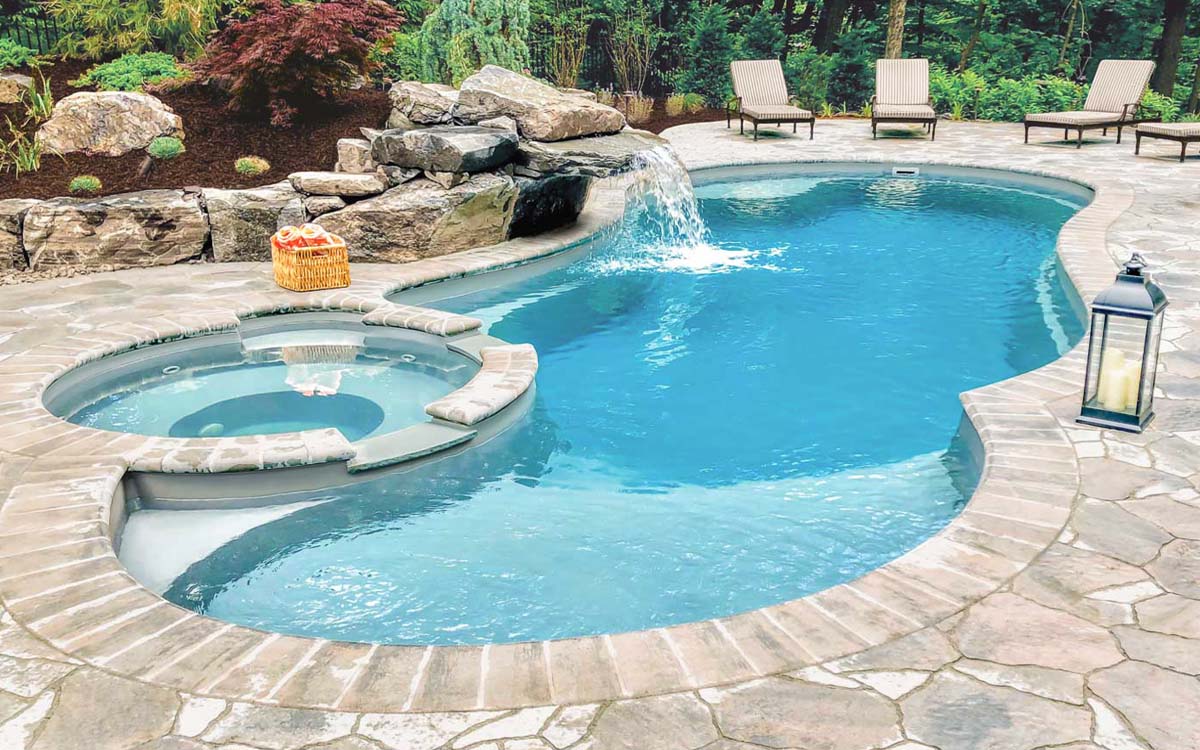
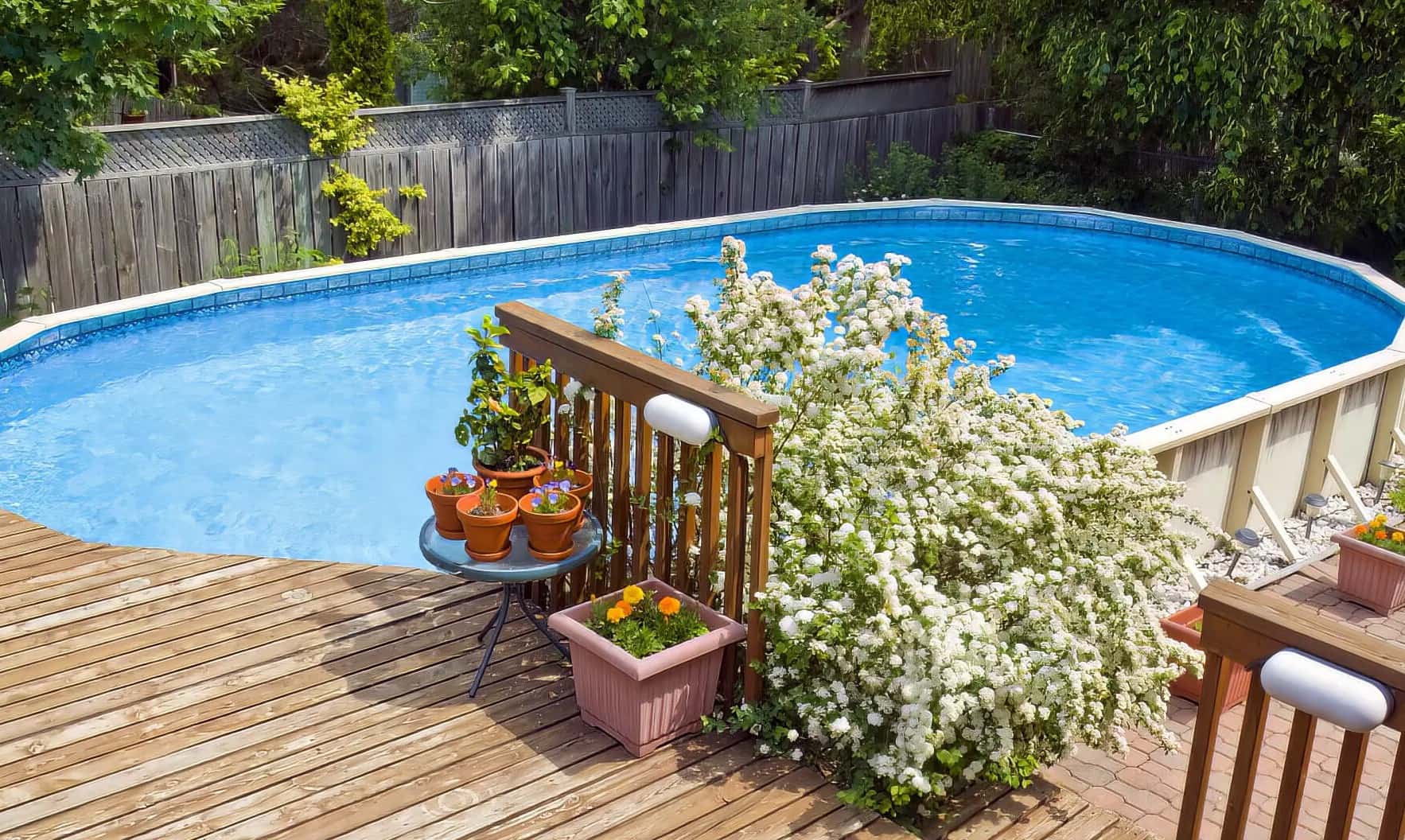
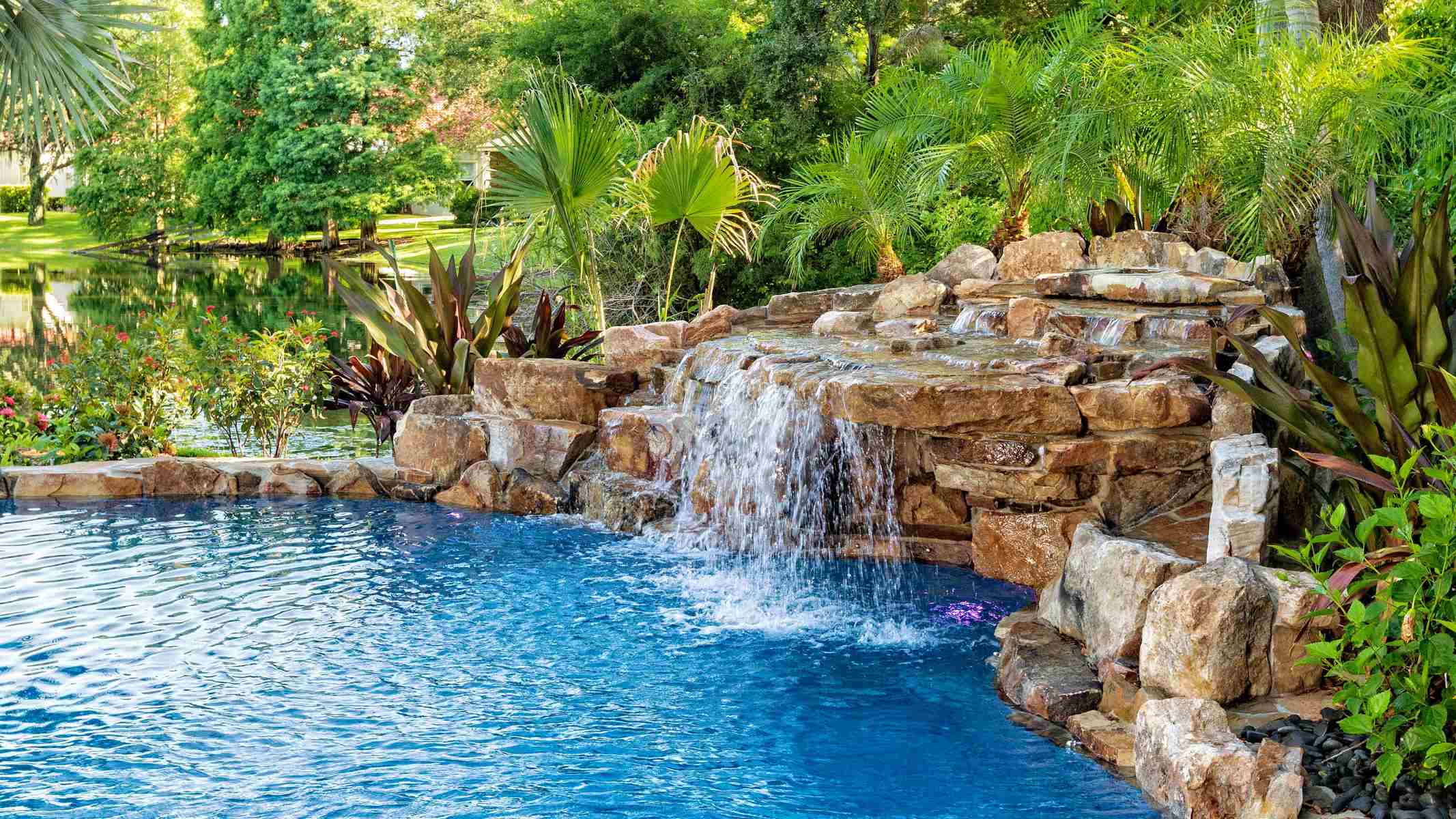
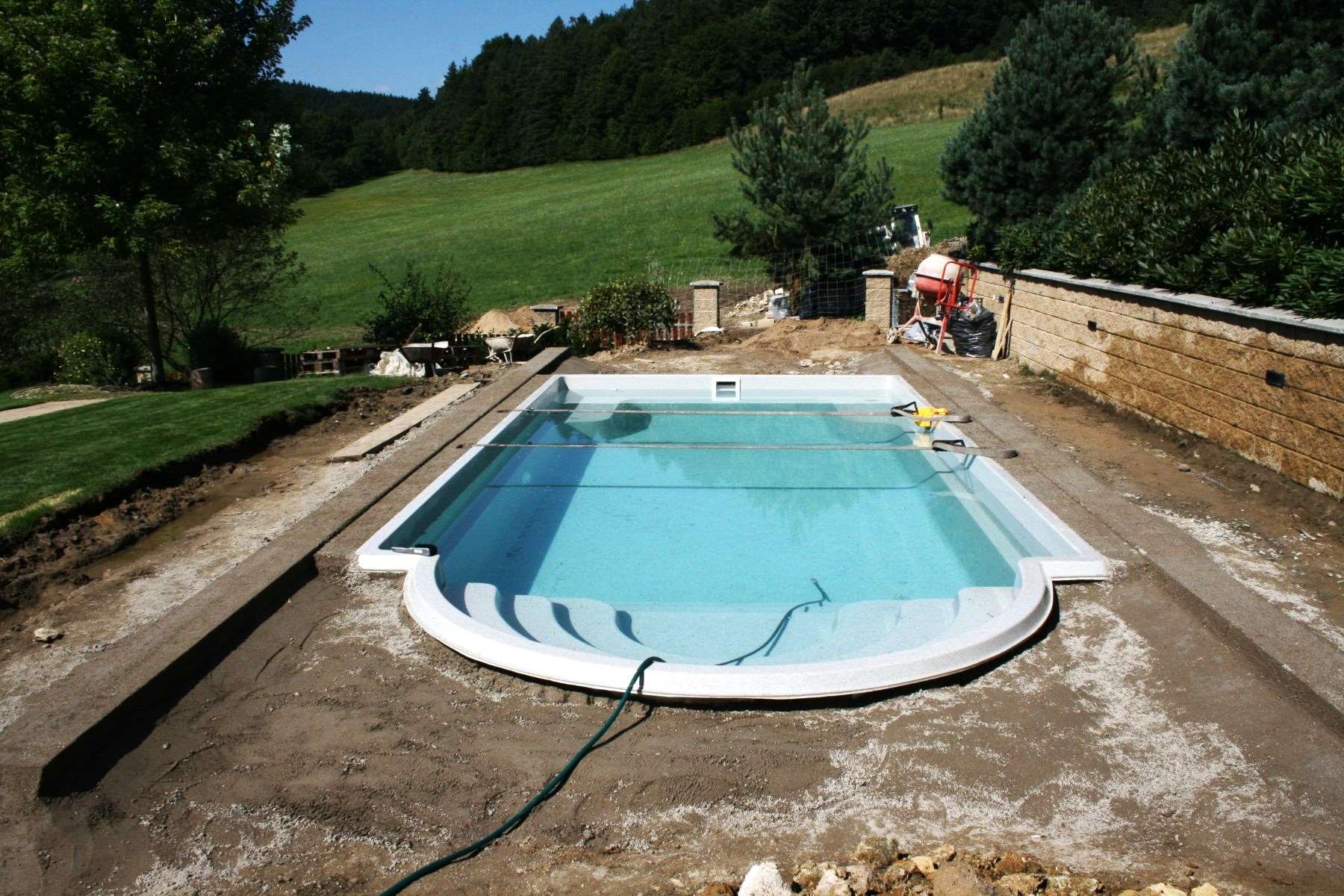
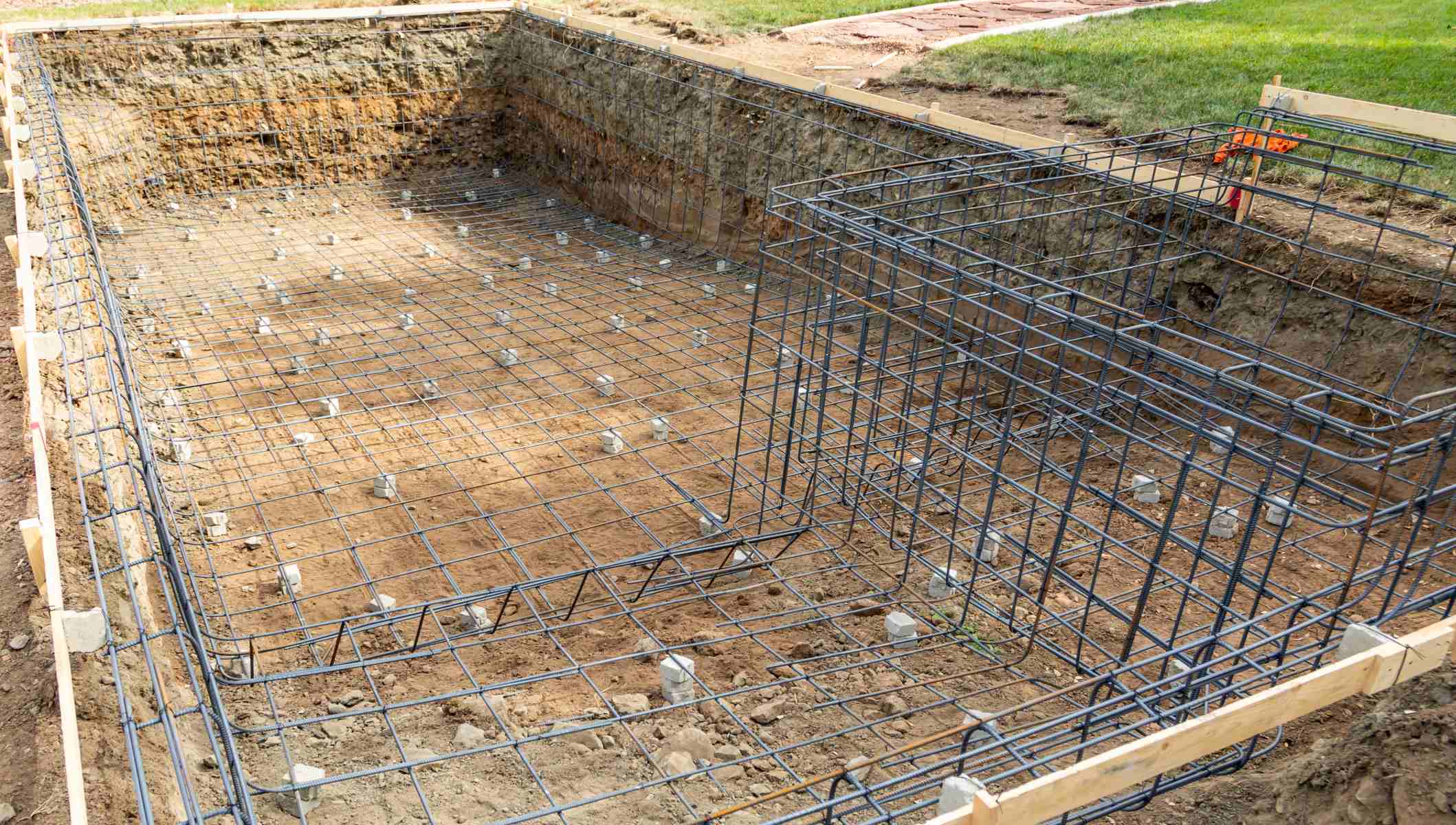
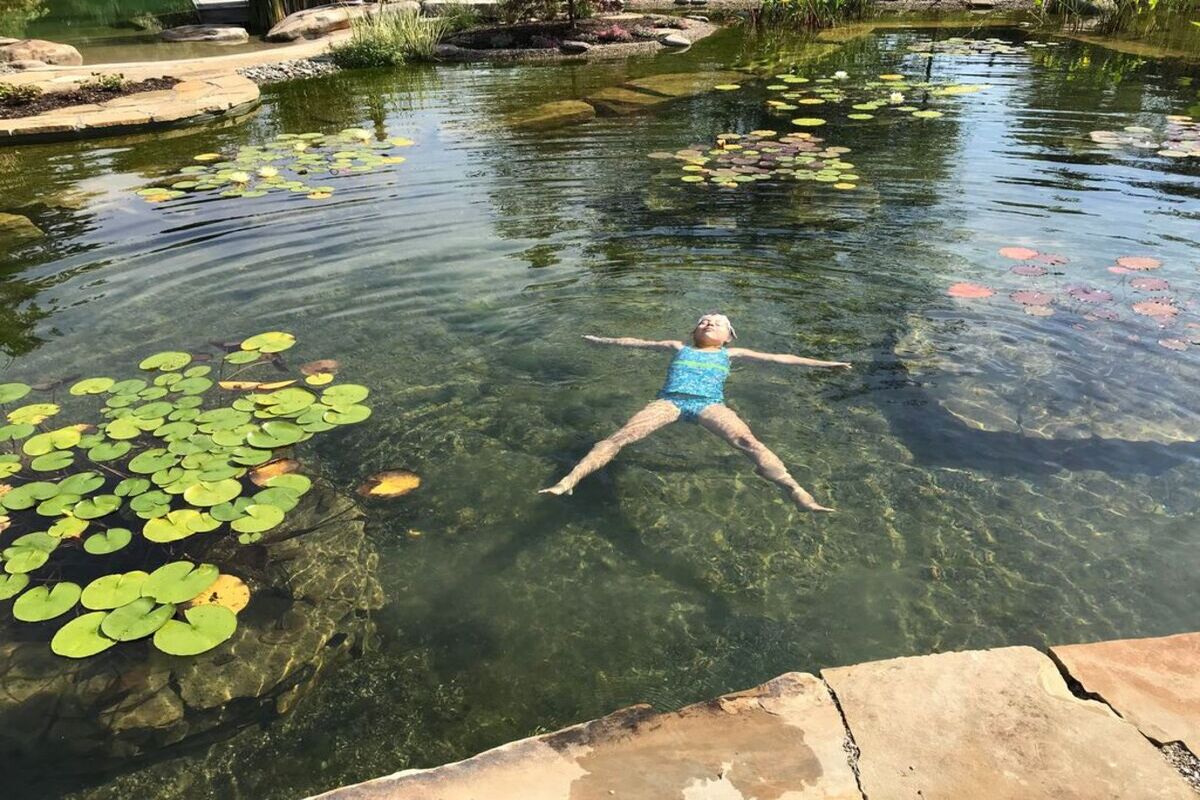








0 thoughts on “How To Build A Natural Swimming Pool”